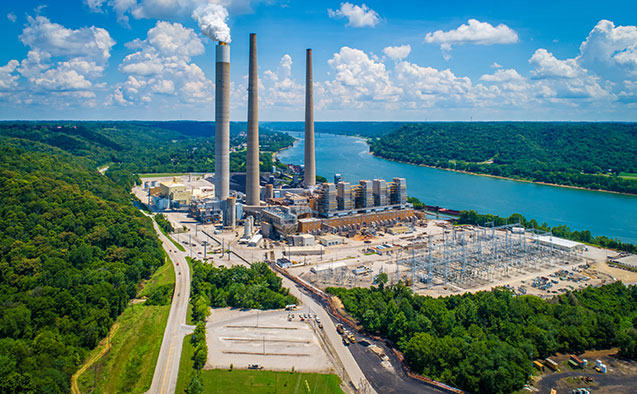
In the next week, the Biden Administration is expected to propose a new set of regulatory limits on carbon emissions from fossil fueled electric power plants. Stan Meiburg, executive director of Wake Forest University’s Center for Energy, Environment and Sustainability, can explain the history behind the new rules and the impact they may have.
Meiburg, known for leading efforts to protect the nation’s air and water, served 39 years with the EPA capping his career as acting deputy administrator for the agency from 2014 to 2017.
Why are new rules needed?
This proposal comes in the wake of the Supreme Court’s decision in West Virginia vs. U.S. Environmental Protection Agency (EPA), in which the Court ruled that the previous Obama-era regulatory proposal, known as the Clean Power Plan (CPP), exceeded the authority Congress has given to EPA in the Clean Air Act,” Meiburg said. “The CPP was based on a section of the Clean Air Act, Section 111, that authorizes EPA to set nationwide performance standards for new, reconstructed and modified sources of air pollution for categories of emissions sources, among which are electric utility steam generating units.
In the West Virginia case, the Court criticized several features of the CPP. Rather than applying controls on an individual plant by plant basis, the CPP set statewide emissions targets for emissions reductions to allow flexibility for states to develop cost-effective strategies to reduce carbon emissions. This meant that different plants might be subject to different standards depending on which state they were in and the state’s overall mix of electric power sources. While economists praised this flexibility, and EPA argued that it represented the ‘best system of emission reduction,’ even proponents of the CPP recognized that this was an unusual application of the statute. The Court saw this structure as mandating fuel switching and reshaping the electricity grid in ways that exceeded any implied authority given to EPA in the Clean Air Act. The Court held that this made the CPP subject to the “major questions doctrine,” and that Congress would have had to give EPA more explicit authority to adopt such a strategy.
How does the new proposal address the decision in the West Virginia case?
In response, the EPA is reverting to a more traditional application of Section 111, by specifying a set of greenhouse gas emissions limits for new gas-fired power plants (new coal-fired power plants are no longer cost-competitive in the United States) that would require the use of carbon capture and sequestration (CCS) technology or the use of hydrogen as a fuel instead of natural gas. Fossil-fuel advocates have been touting the advantages of CCS technology, and the Inflation Reduction Act contained incentives for its development. EPA is also proposing a set of limits for existing gas-fired power plants, but there are additional flexibilities in these requirements.
What are the most important questions about the new initiative?
- Will the Supreme Court see a more traditional Clean Air Act approach to utility greenhouse gas reduction as similarly challenged by the “major questions doctrine”?
- Is carbon capture and storage (CCS) technology “demonstrated”?
Specifically, how will the new standard consider costs? - Do the timelines for existing plants to adopt new control technologies allow for sufficient lead time and for circumstances at existing plants where CCS technology may be difficult or impossible to retrofit?
- Where will the captured carbon from this technology go, and at what cost?
- Will advocates for the use of CCS support this standard?
- How will new and existing gas-fired “peaking” plants be treated, and how will this differ from new and existing gas-fired “baseload” plants?
What is the potential impact of the new rules?
The short answer is that it depends on what the courts do. The long answer is that it would accelerate both the growth of renewables and potentially the deployment of CCS technology for natural gas plants. This next round of reductions will likely be harder to meet than past regulatory limits, but there is a long history in the Clean Air Act of technology moving faster than we think it can.
Categories: Top Stories
Headlines
Wake Forest in the News
Wake Forest regularly appears in media outlets around the world.




